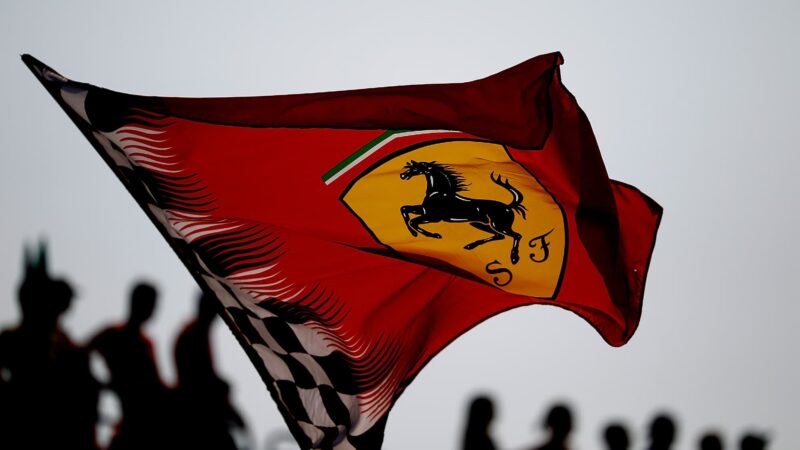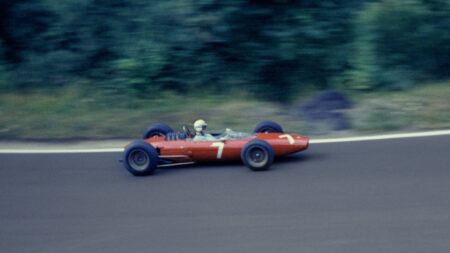Oddly enough, I think the fact they were red helped too. When I think Grand Prix cars from various era, the first ones to pop into my head are always red, be they Ferraris, Maseratis of Gold Leaf Lotuses.
There was the sound too, especially in my formative years: the first Grand Prix I ever attended was also a British Grand Prix, the 1978 event held at Brands Hatch, which was always going to be won by Mario Andretti or Ronnie Peterson in a Lotus 79 until both parked up with dead powertrains. And then came Carlos Reutemann in his scarlet 312T3. We were in the grandstand at Clearways so saw Lole’s brilliant, instinctive and opportunist dive past Niki Lauda’s Brabham on lap 60 and then watched him hold off the World Champion to the line 16 laps later. And I’ll never forget the noise of his flat 12, shrieking past 12,000rpm in every gear, while all the DFV boys were done by not much more than 10,500. Incidentally, with John Watson coming third, every place on the podium was flat 12 powered, which I believe was the first time in history that had happened, with Monza later that year the second and most recent.
So yes, I love Ferrari at least so far as its participation in Formula 1 is concerned. But is it actually bigger than the sport itself? If Ferrari ever went through with one of its now traditional threats to withdraw from the sport, could F1 actually survive without the red cars?
Of course it could. It would be a loss for sure but an insurmountable one? Surely not. No team sport of which I know has died as a result of the withdrawal of one of its members and I am sure F1 would simply regroup and carry on regardless. Goodness knows there are many reasons I might stop watching Formula 1, but Ferrari not being on the grid would not be among them; and I am the biggest Ferrari F1 fan I know.
But I am glad Ferrari signed the Concord Agreement and will stay in for at least the next five years. Because racing has always been at the heart of Ferrari. Enzo didn’t go racing to sell road cars like Mercedes-Benz, he sold road cars to go racing and to me the distinction is critical. Ferrari is the original Formula 1 team and in ways that matter to me far more than results, it is also the best. Long may it stay that way.



